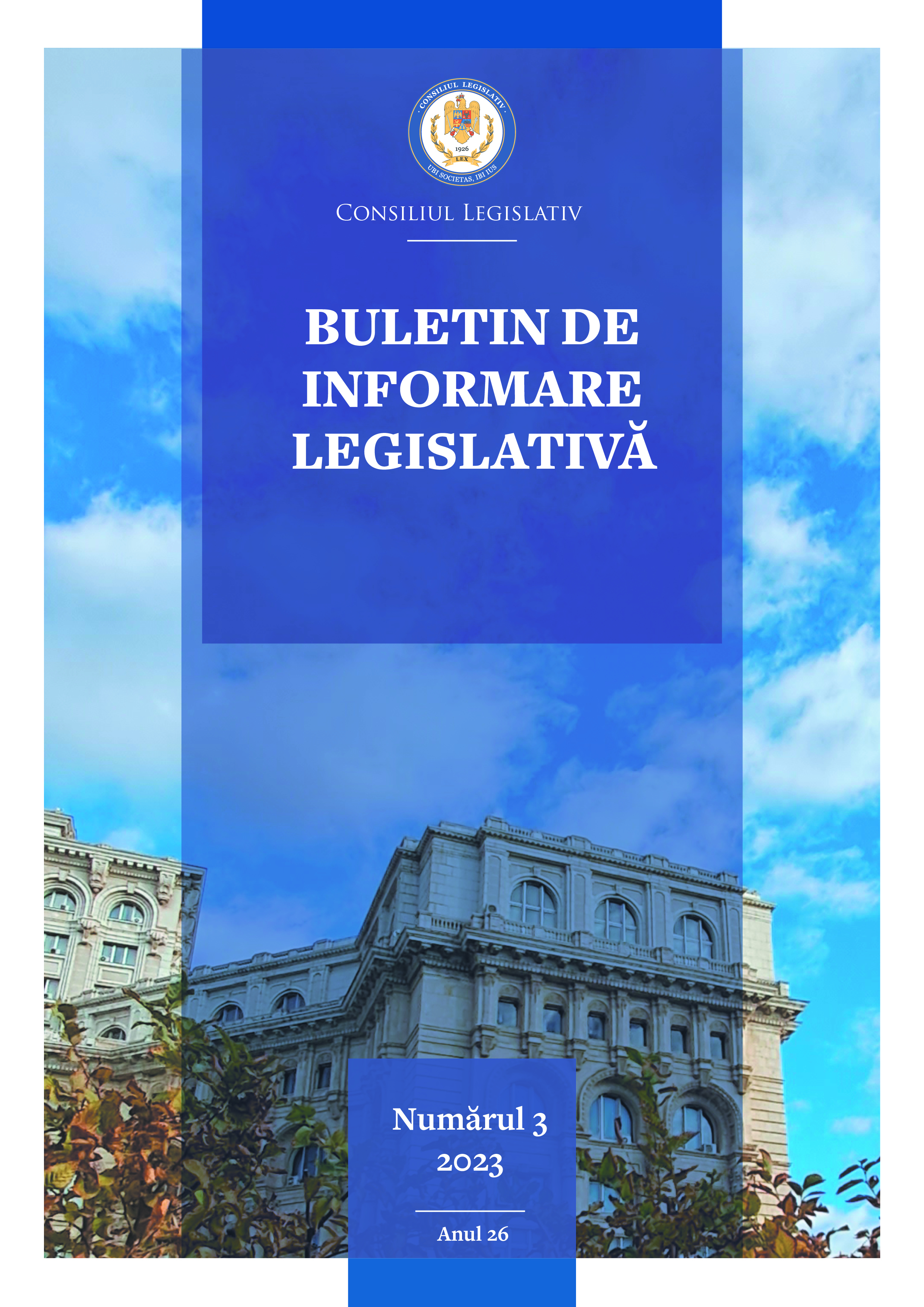Ierarhia normelor în dreptul Uniunii Europene
- înțelegerea structurii ordinii juridice unionale europene -
Hierarchy of rules in European Union law
- understanding the structure of the European Union legal order
Author(s): Mihaela Augustina Niță (Dumitrașcu)Subject(s): Law, Constitution, Jurisprudence, Constitutional Law, EU-Legislation, Administrative Law
Published by: Consiliul Legislativ al României
Keywords: CJEU's jurisprudence; legal hierarchy; sources of EU law; logical ordering;
Summary/Abstract: This article delves into the importance of understanding the hierarchy of norms in the legal framework of the European Union (EU). While the EU treaties do not explicitly establish a hierarchy, the concept of "logical ordering" has been developed by the Court of Justice of the European Union (CJEU) to describe the relationship between different sources of EU law based on their nature and purpose.The CJEU's jurisprudence serves as the main source for determining this hierarchy, using a concept that emphasizes coherence and logic in the EU legal system. Understanding the hierarchy of norms within EU law provides a clear and structured framework for interpreting and applying EU law, promoting coherence, uniformity, and legal certainty. It facilitates a better understanding of the legal system as a whole, demonstrating how different sources of EU law interact and integrate within the broader legal framework. This contextual understanding is essential for legal professionals and citizens alike in ensuring compliance and proper application of the law.This article also presents the hierarchy among the secondary legislation, a long institutional practice codified for the first time by the Treaty of Lisbon (2009). This is the only hierarchy we can find explicitly provided for by the EU treaties. The overall hierarchy between all types of EU law sources is to be found in the ECJ case law. In conclusion, comprehending the hierarchy of norms in EU law is crucial for the correct interpretation and application of the law. Although not explicitly termed as "hierarchy," the concept of "logical ordering" employed by the CJEU establishes a logical and coherent relationship between different sources of EU law based on their purpose and interrelation. This concept, upheld by the CJEU, fosters a flexible and contextual interpretation of EU law, ensuring effectiveness and uniformity within the EU legal system. By understanding and adhering to this hierarchy, coherence, certainty, and predictability are achieved, contributing to the maintenance of the rule of law and trust in the EU legal system.
Journal: BULETIN DE INFORMARE LEGISLATIVA
- Issue Year: 1/2023
- Issue No: 3
- Page Range: 47-61
- Page Count: 14
- Language: Romanian

